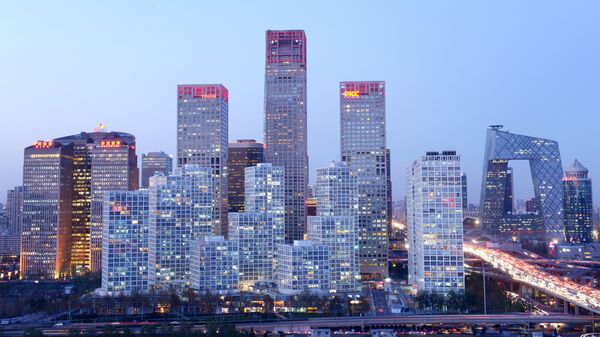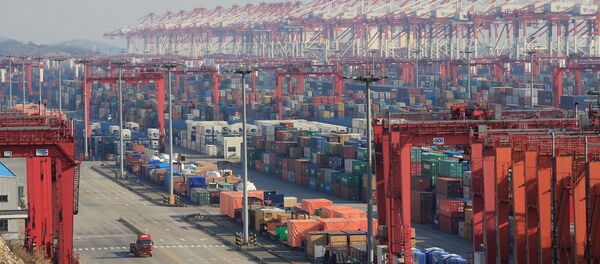What remains poorly understood by the wider world even seven decades later is how dire were the conditions in China during those days. While China sustained its triumph, Chinese people's living standard 70 years ago was barely 5 percent relative to their counterparts in the United States. It was a dire starting point.
Transitions That Raised China's Living Standard
In the late 1970s, Deng Xiaoping introduced "reform and opening-up" policies and established special economic zones, which ultimately facilitated China's entry into the World Trade Organization in 2001.
That paved the way to more than a decade of export-led double-digit economic growth, and the ongoing shift from export-led quantitative economic growth to innovation-led qualitative development, which has accelerated under President Xi Jinping's leadership.
In China, deceleration is a sign that rebalancing toward consumption and innovation by 2030 is on track. Nevertheless, the living standard in China continues to improve steadily. Today, it is about a third relative to the US. In other words, it has multiplied six times relative to US living standard, thus supporting the rise of the world's largest emerging middle-income group.
Emerging Economies New Growth Engines
Only toward the end of the last century,global economic integration-trade, investment and finance-began benefiting large emerging and developing economies.
To be sustainable, globalization cannot serve just a few wealthy advanced economies. It must also serve poorer and faster-growing economies, which today account for most of the global growth.
In the aftermath of the 2008 global financial crisis, all major advanced economies would have faced another Great Depression without the support of large emerging economies, particularly China. And the contribution of these countries to global GDP growth is expected to climb to 80 percent by 2050.
In the 1980s, the share of the US in the world economy was more than 20 percent; in the past four decades, it has steadily declined to 15 percent.
At the same time, China's share (in purchasing power parity terms) has soared from 5 percent to about 20 percent. While the PPP indicators inflate the pace of progress, the trend lines do herald a coming structural shift in the world economy.
China Can Foster the Share of Developing Nations
In the future, the well-being of the advanced economies will depend on the rising living standards in less-wealthy nations.
And just as US leadership supported the role of the advanced countries in the 20th century world, China has the potential to foster the share of emerging and developing countries in the 21st century.
The Belt and Road Initiative seeks to accelerate modernization in emerging and developing economies with the participation of the advanced economies. Yet, in recent months, Washington has claimed the initiative's projects are "debt traps" for Belt and Road countries. Which is a flawed effort at distraction.
BRI Projects Promote Inclusive Growth
If anything, Belt and Road projects seek to promote more inclusive global economic development. Certainly, China will make its share of mistakes, but it has a track record of learning quickly from those mistakes.
Unlike the Marshall Plan, the Belt and Road Initiative does not require participation in military alliances. It is not predicated on another Cold War.
It does not seek self-interested economic sanctions against the rest of the world. Nor does it encourage regime change to force its will on the international community. It is focused on 21st century global economic development.
This article was originally published in China Daily. Dan Steinbock is the founder of Difference Group and has served at the India, China and America Institute (US), Shanghai Institute for International Studies (China) and the EU Centre (Singapore).
Views and opinions expressed in this article are those of the author and do not necessarily reflect those of Sputnik.








